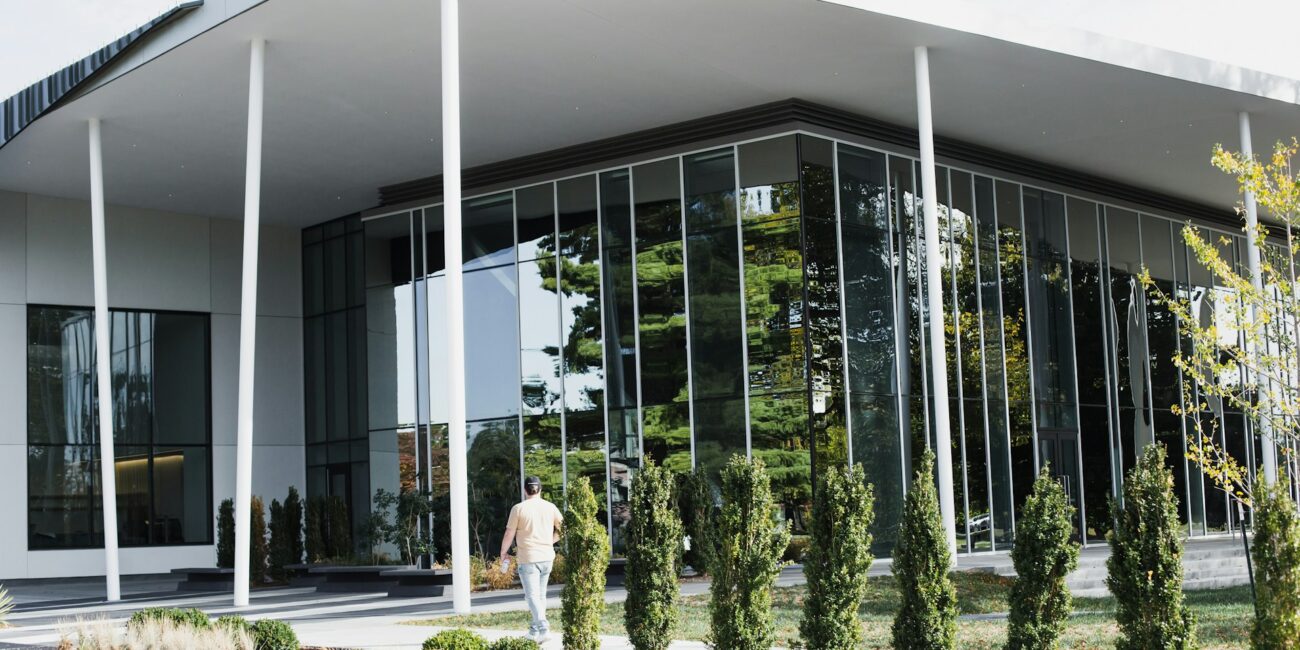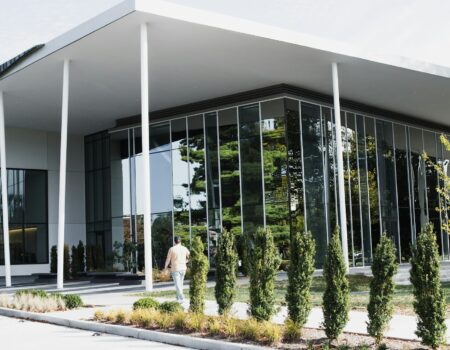In a world where security concerns are increasingly present, taking proactive steps to protect people and property is more important than ever. Ballistic barriers, such as bullet-resistant panels and doors, are fundamental components of a robust security plan.
These systems are designed to withstand specific threats, providing critical protection in vulnerable areas. However, not all barriers are created equal, and selecting the appropriate level of protection is essential for ensuring safety without overspending on unnecessary features.
This guide will walk you through the key considerations for choosing the right ballistic barrier for your needs. We will cover the different protection levels, material options, and environmental factors to help you make an informed decision.
By understanding these elements, you can implement an effective security solution that provides peace of mind and reliable defense against potential threats.
Understand Ballistic Protection Levels
The first step in selecting a safety barrier is understanding the standardized levels of protection. These levels are primarily defined by Underwriters Laboratories (UL) and the National Institute of Justice (NIJ). Each level specifies the type of ammunition and the number of shots a barrier can withstand.
UL 752 Levels
UL 752 is the most common standard for commercial ballistic-resistant products. It consists of 8 levels, each corresponding to a different caliber and type of firearm.
- Level 1: Protects against small-caliber handguns (e.g., 9mm).
- Level 3: Defends against higher-caliber handguns (e.g., .44 Magnum).
- Level 8: Offers protection against high-powered assault rifles (e.g., 7.62mm).
Choosing the correct UL level depends entirely on the anticipated threat. A convenience store might only require Level 1 protection, while a government building or financial institution may need Level 8.
NIJ Standards
The NIJ standard is typically used for body armor, but is also relevant for some structural barriers. It outlines five levels of protection (IIA, II, IIIA, III, and IV), with Level IV offering the highest degree of defense against armor-piercing rifle rounds.
Assess Your Specific Threat Environment
A thorough risk assessment is a crucial part of your security planning. This process involves identifying potential threats and vulnerabilities specific to your location and operations. Consider the following questions:
- What is the crime rate in your area?
- Has your facility or a similar one nearby experienced threats in the past?
- What is the most likely type of weapon an assailant would use?
Answering these questions will help you determine a realistic threat level. For example, a school in a low-crime suburban area may have different security needs than a bank in a high-density urban center. Consulting with security experts can provide valuable insights during this phase.
Evaluate Different Barrier Materials
Once you have determined the required protection level, the next step is to choose the right material. Ballistic barriers are made from various materials, each with unique properties, costs, and aesthetic qualities.
Common Material Options
- Bullet-Resistant Glass and Acrylic: These transparent materials are ideal for transaction windows, reception areas, and storefronts where visibility is important. Acrylic is lighter and more affordable, while laminated glass offers higher levels of impact resistance.
- Fiberglass Panels: Opaque fiberglass composites provide robust protection and are often used for wall panels, counters, and bulletproof doors. They are relatively lightweight and can be finished to match existing decor.
- Steel: Known for its strength, steel is one of the most traditional materials for high-level ballistic protection. It is extremely durable but also very heavy, which can be a consideration for installation.
The choice of material will depend on both your security requirements and the design of your space.
Consider Aesthetics and Design Integration
Security measures should not create a hostile or fortress-like environment. Modern safety barriers can be seamlessly integrated into a building’s design without causing alarm or discomfort to employees and visitors.
- Opaque Panels: Can be covered with wood veneer, drywall, or paint to blend with interior walls.
- Transparent Glazing: Can be framed with aluminum, steel, or wood to match your building’s architectural style.
- Customization: Many manufacturers offer custom fabrication to ensure that doors, windows, and counters fit perfectly within your existing space.
Effective security planning involves balancing safety with a welcoming atmosphere. The goal is to protect occupants without disrupting the normal flow of business.
Factor in Installation and Maintenance
Proper installation is critical to the effectiveness of any ballistic barrier system. Always work with certified installers who have experience with the products you are purchasing. Improper installation can create weak points that compromise the entire system’s integrity.
Long-Term Considerations
- Maintenance: Ask about the long-term maintenance requirements for different materials. For example, some acrylics may require special cleaning agents to prevent scratching.
- Durability: Consider the environment where the barrier will be installed. Will it be exposed to harsh weather or potential physical abuse? Choose a material with proven impact resistance and durability for your specific conditions.
- Warranty: Check the manufacturer’s warranty for both the materials and the installation to ensure you are covered against defects.
Budget and Long-Term Value
While cost is always a factor, it should not be the sole determinant when selecting a ballistic barrier. The cheapest option may not provide adequate protection or may have a shorter lifespan, leading to higher costs in the long run.
Think of your investment in terms of long-term value. A well-designed and properly installed ballistic system provides not only physical protection but also a powerful deterrent.
The peace of mind it offers to employees, customers, and stakeholders is invaluable. Compare quotes from multiple reputable suppliers and weigh the costs against the level of protection and quality offered.
Make the Right Choice for Your Safety
Selecting the right ballistic barrier is a critical decision that requires careful consideration of threat levels, materials, and design.
By conducting a thorough risk assessment and understanding the available options, you can implement a security solution that effectively protects your facility and its occupants.
Prioritizing quality and proper installation will ensure your investment provides reliable protection for years to come. If you are ready to enhance your security, consult with an expert to discuss your specific needs and find the ideal ballistic barrier system for your organization.





